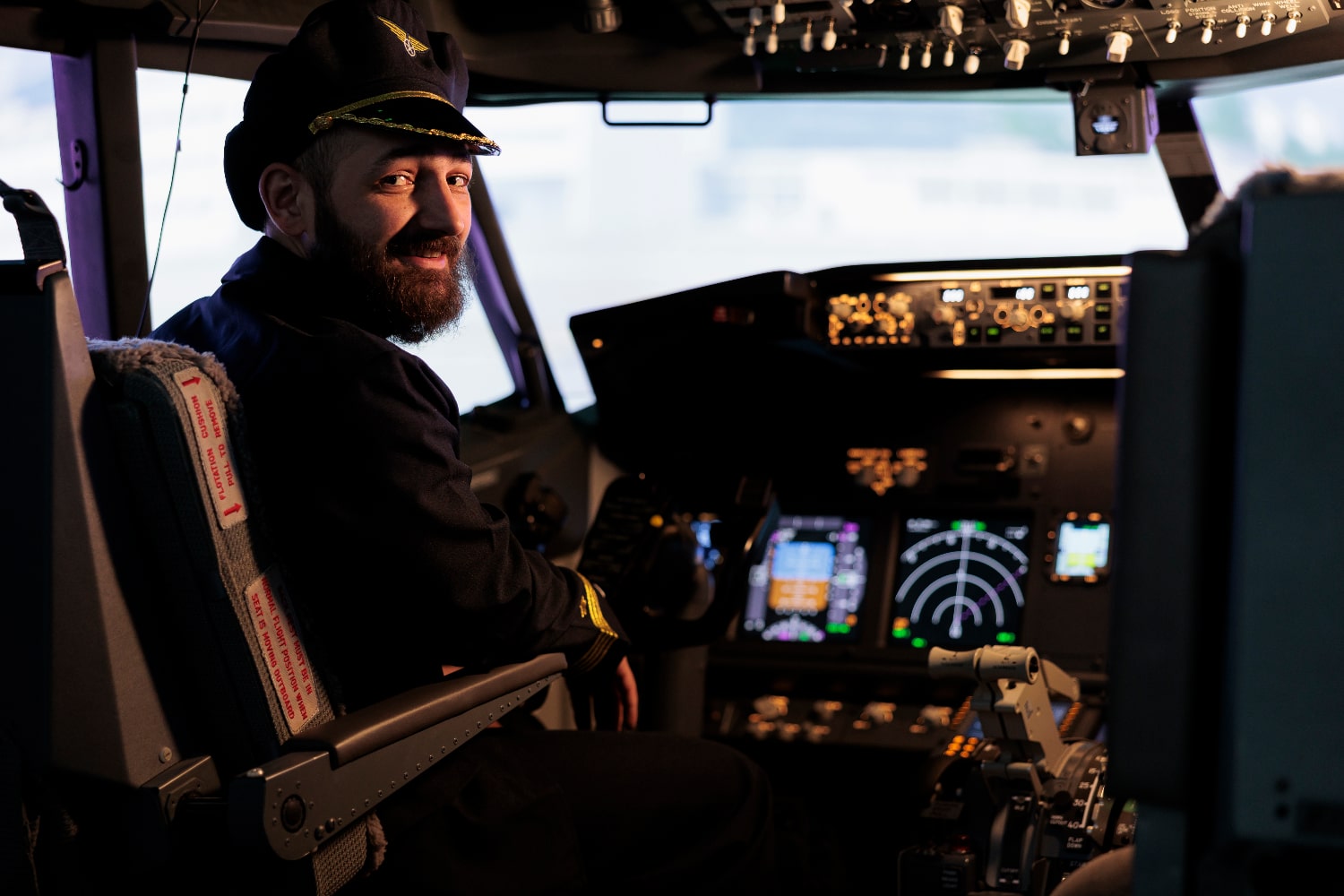Maintaining proficiency and currency is crucial for every commercial pilot, ensuring not only the safety of flights but also the pilot’s ongoing career development and adherence to regulatory requirements.
Proficiency refers to a pilot’s skill level and ability to perform all required tasks efficiently and accurately, while currency ensures that pilots have recent experience and meet all regulatory standards.
Regulatory Requirements
In Australia, CASA has laid down some rules on what is required by a commercial pilot to remain current. This includes flight review, proficiency checks, and flight hour minimums. Any person holding a commercial pilot licence in Australia ought to be conversant with the rules and requirements set by CASA. One needs to frequently review and understand these rules to be certain about fulfilling the demands and avoiding legal issues.
Continuing Education and Training
Continuing education and training are important for maintaining competence. More advanced training programs, such as a Diploma of Aviation in Melbourne, can serve to refresh commercial pilots. Often, such programs provide training in advanced navigation techniques, complex flight operations, and the latest aviation technologies. This continued learning will keep a pilot ahead of the field and reinforce basic knowledge.
Flight Simulator and Training
It also requires constant practice to sustain proficiency. Flight simulators offer an invaluable way for pilots to practice all sorts of flying scenarios, including emergencies and foul weather, without actually being in those situations. Simulators allow the refinement of flying skills without the risks of actual flying. Second, actual flight hours need to be logged. More hours should be flown beyond the minimum required for a pilot to feel sharp and confident in their ability to fly.
Competency Checks and Assessments
Conducted mostly by experienced instructors or examiners, a Flight Review assesses a pilot’s ability to perform essential flight tasks. It exists to give pilots feedback regarding their performance in areas to improve. Regular proficiency checks ensure not just regulatory compliance but also help pilots notice and eliminate any skill gaps.
Staying Current with Aviation Technology
Aviation technology has been advancing; therefore, one should be updated with these changes to keep up proficiency. Pilots need to get acquainted with the latest in avionics, navigation systems, and aircraft performance tools. Attending workshops, seminars, and industry conferences is the best way through which new technologies in the application and their implementation in real life for flight operations can be gained.
Health and Wellness
It is very important for pilots to keep in good physical and mental health. Periodic medical examinations by CASA will determine that a pilot is fit to fly. Besides, pilots should pay attention to a healthy lifestyle including proper nutrition, exercise, and adequate rest. Equally important are managing stress and maintaining mental well-being, since these affect the performance and decision-making abilities of a pilot to a great extent.
Networking and Mentorship
Building a professional network and seeking mentorship can go a long way in keeping the proficiency level high. Experienced pilots can share their good practices, offer advice, and coach on how to handle the intricacies of flight operations. Networking also opens up opportunities for collaborative learning and exposure to trends and developments in the industry.
Engaging in Diverse Flight Operations
Flight experience diversification is good for the sake of keeping the proficiency level. Pilots should seek different types of flight operations, such as cargo flights, charter services, and international routes to gain experience. Exposure to various flight conditions, airspaces, and operational challenges enhances a pilot’s adaptability and broadens their skill set.
Self-Assessment and Reflection
The other great components of this program are regular self-evaluation and reflection. After every flight, a pilot should take some time to reflect on his performance, listing the things that went well and those that did not. A detailed flight log and notes on every flight may be invaluably helpful. Reflecting on past experiences, learning from them by considering what was done wrong, and making improvements progresses this process continuously.
Adherence to Standard Operating Procedures (SOPs)
You must always follow the Standard Operating Procedures to the letter to increase the level of consistency and proficiency. It gives a structured approach to flight operations and leads a crew to perform all the tasks correctly in an efficient manner. Pilots must regularly review and practice SOPs to make sure that they are well-constituted, and followed religiously during each flight.
Emergency Preparedness
It is very important to be prepared for contingencies, keeping proficiency in mind: pilots should regularly practice emergency procedures in simulators and real scenarios. The knowledge of emergency procedures and keeping calm will enhance significantly the ability of a pilot to handle unforeseen situations.
Commitment to Lifelong Learning
This, in the end, requires a lifelong commitment to learning and continuous improvement. The pilots should retain their curiosity and be open to new knowledge, always seeking ways to improve their skills and stay abreast of industry developments. Such a commitment ensures not only a compliant career in aviation as far as regulatory requirements are concerned but also a fulfilling and successful one.
